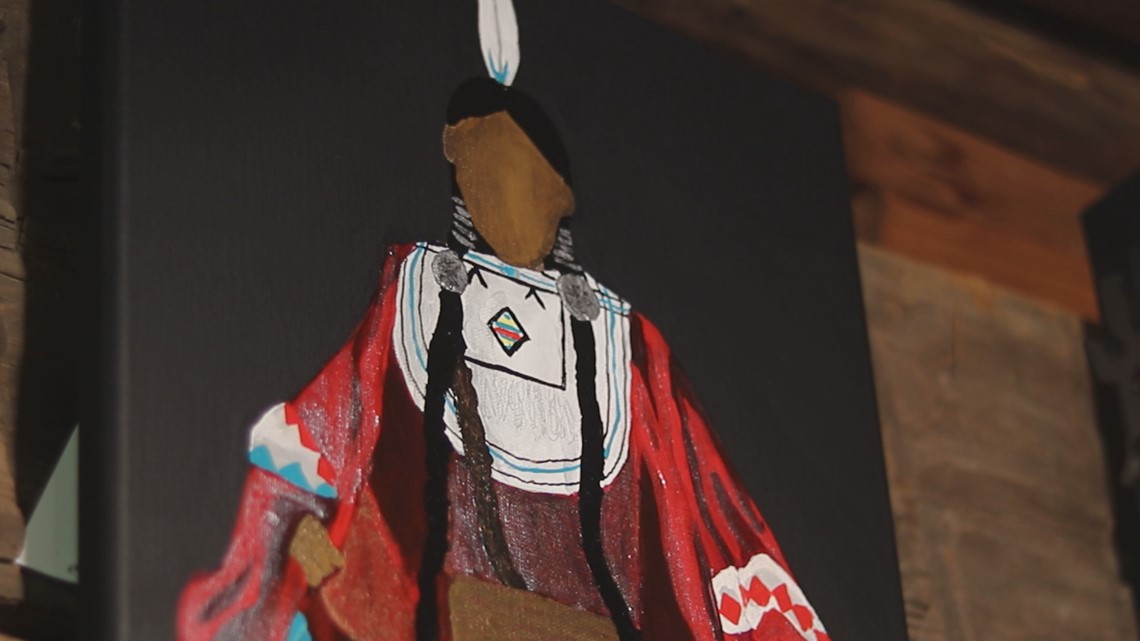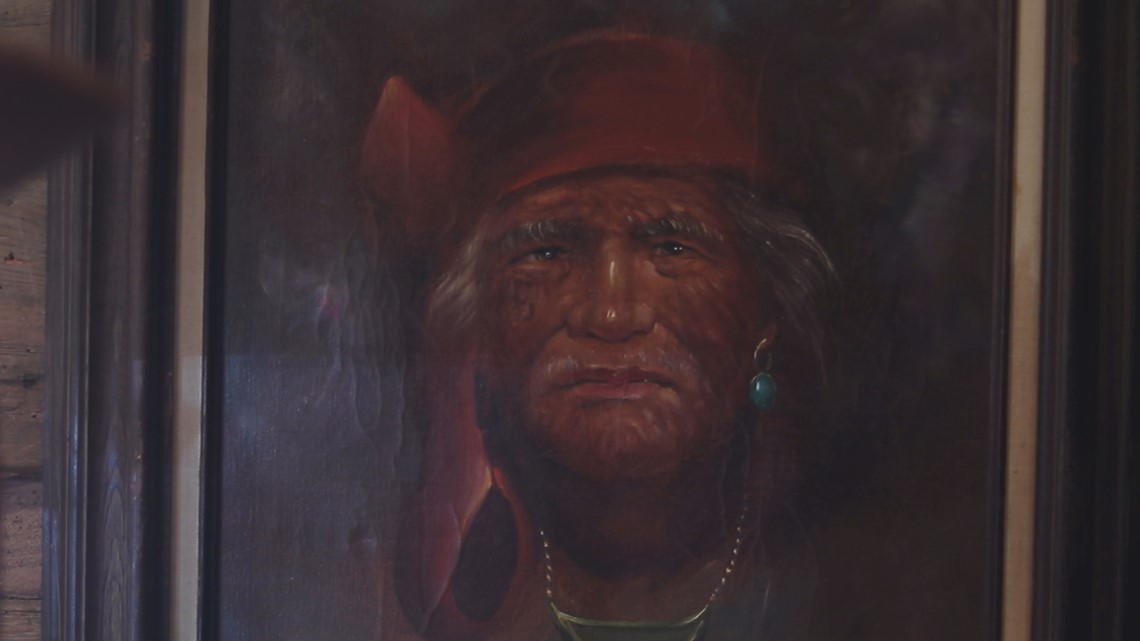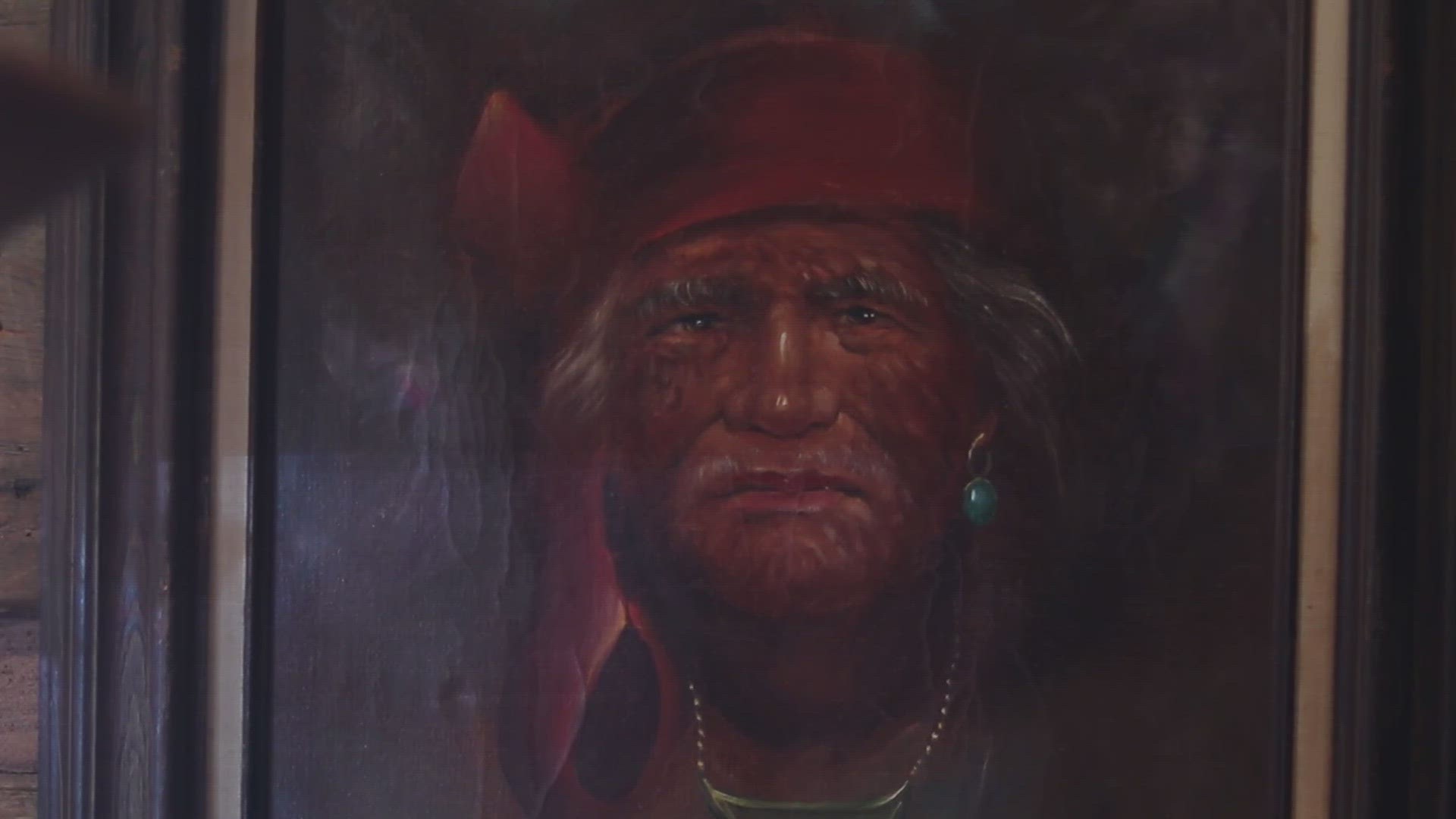Great Smoky Mountains Natl. Park — She's the mother of all mountains across the Great Smoky Mountains National Park. She is known for her breathtaking mountain views, ecosystem and peaks. She stands at 6,643 feet above sea level. Her tribal name is Kuwohi or what many know today as Clingmans Dome.
Clingmans Dome is the highest mountain across the Smokies. The mountain is located on the Tennessee - North Carolina state lines.
Lavita Hill grew up in Cherokee, North Carolina. She is a part of the Eastern Band of Cherokee Indians. Hill is also one of the leaders behind the effort of restoring the mountain to its original name - Kuwohi.
"All of these areas had names before someone moved into the area, and just decided to claim the land and renamed the places that were already named," Hill said.


Clingman’s Dome is named after U.S. Senator and Attorney Thomas Lanier Clingman from Asheville.
Clingman was a Confederate supporter and served as a Commander for the Confederate Army during the Civil War. He was a supporter of the area’s mountain and tourism and spent a portion of his career studying the height of the dome.
His measurements of the mountain's height were so exact that the mountain was named in honor of his study and advocacy. The mountain's elevation makes it the highest point in Tennessee.
For Hill, restoring the name reconnects her to a history that was often hidden from her.
"One of the Cherokee ways is Gadugi," she said. "Gadugi means community fellowship and the fact that we help each other."
Hill's grandmother was a student at a boarding school in North Carolina. There, Indigenous children were forced to assimilate into American culture.
"My whole life I felt somewhat disconnected because of my upbringing," Hill said. "Because my grandmother felt more like she should shield us or protect us from the dirty side of our history."
Mountain Kuwohi served as a place for refuge and healing. Within the mountain peaks, tribal men would pray, ask for guidance and give thanks in their native tongue.
"It's very important because that is our language. That is our identity," Hill said.


For thousands of years, tribe members used the mountain as a place for prayer, food, medicine and hiding during the Trail of Tears.
"It feels like we're being listened to," she said. "People are taking notice and people are really beginning to understand how much land truly belong to the Cherokee people before the Indian Removal Act."
During the Trail of Tears in the early 1830s, thousands of Native Americans across Georgia, Tennessee, Alabama, North Carolina and Florida were pushed to the West.
For the Cherokee tribe, Mount Kuwohi was their haven.
"There's the resiliency of our people," she said. "They were steadfast and part of them remained in the mountain hidden within the caves of Kuwohi."

